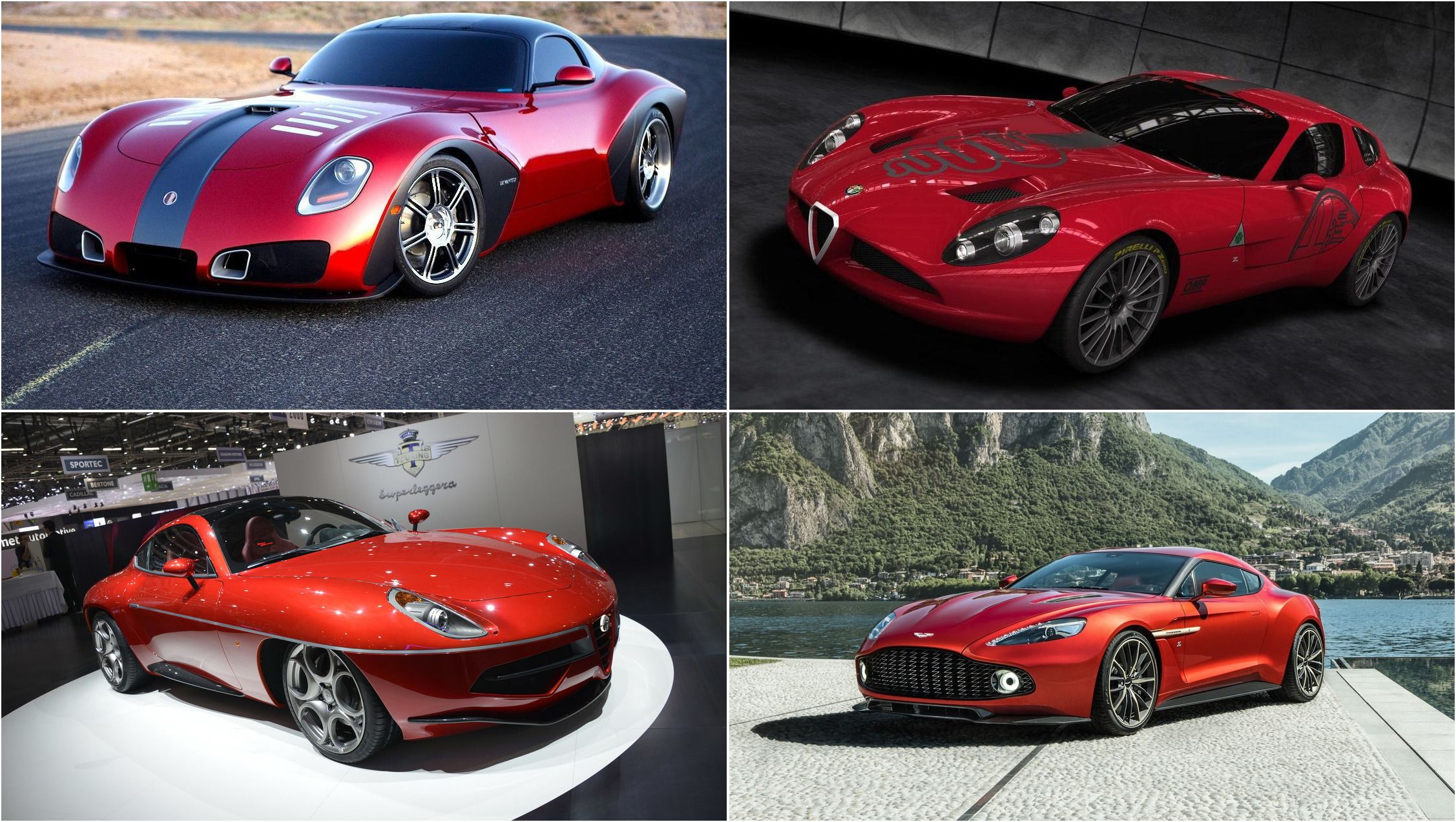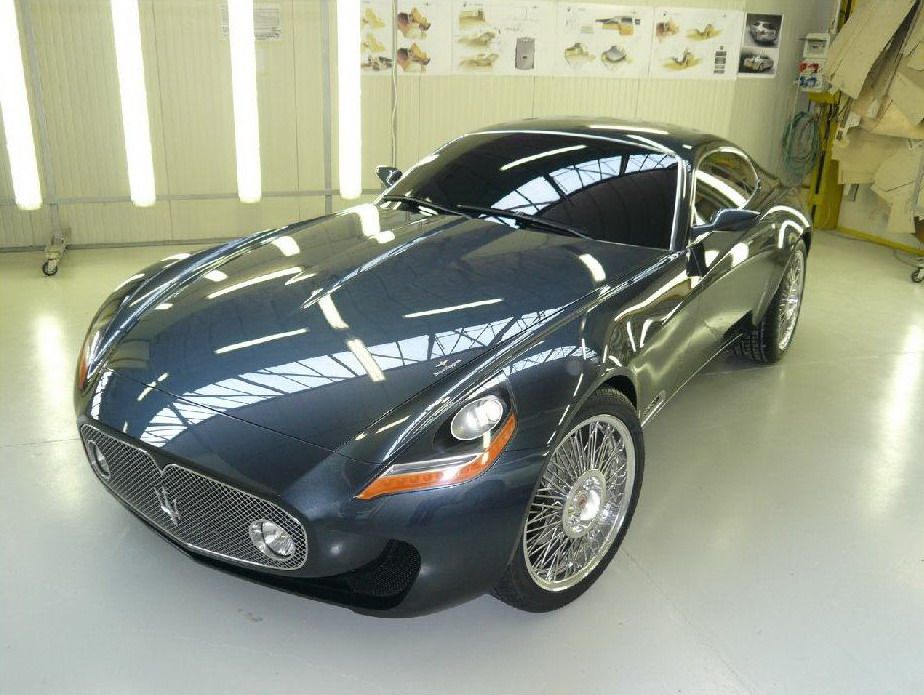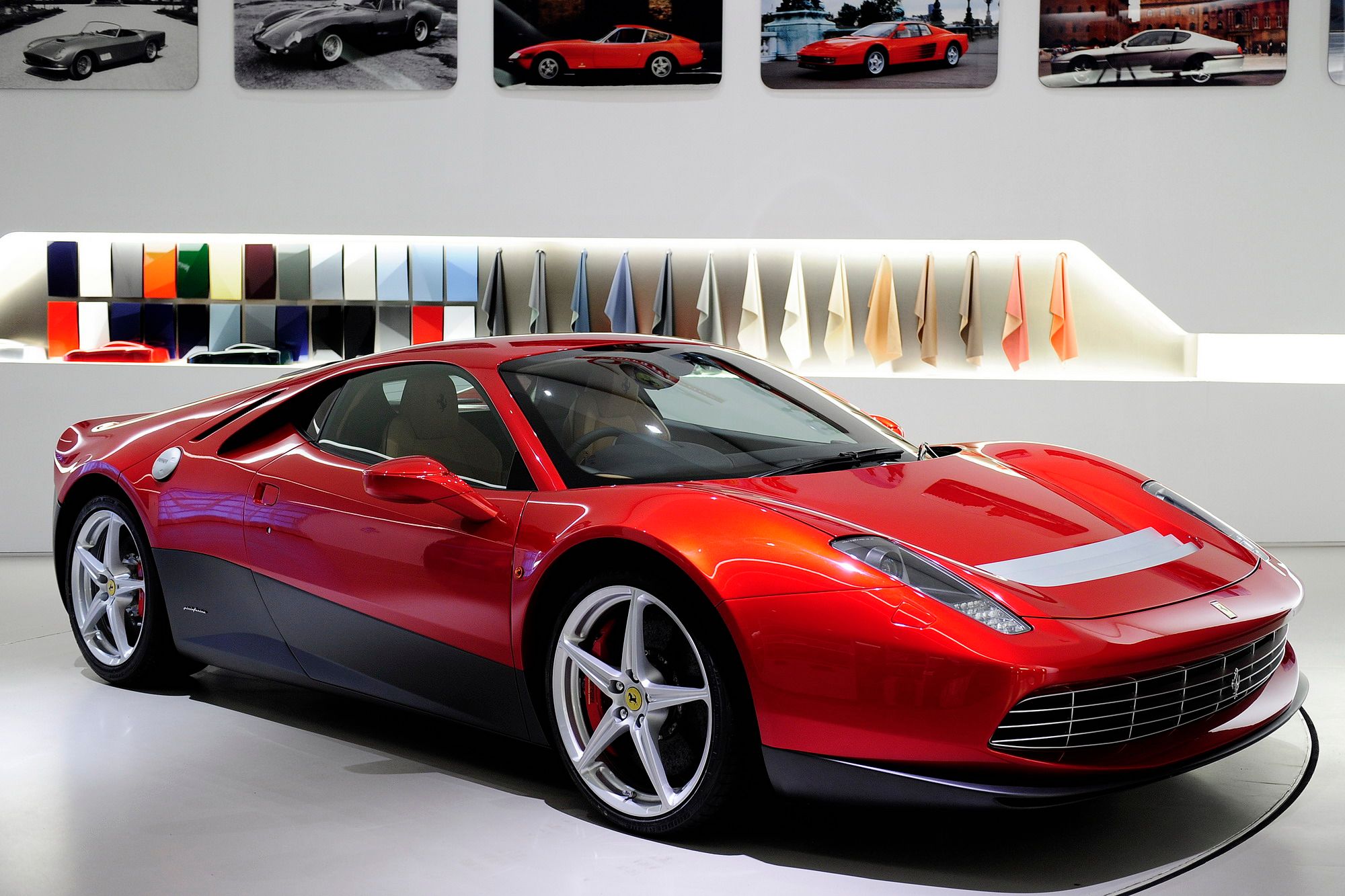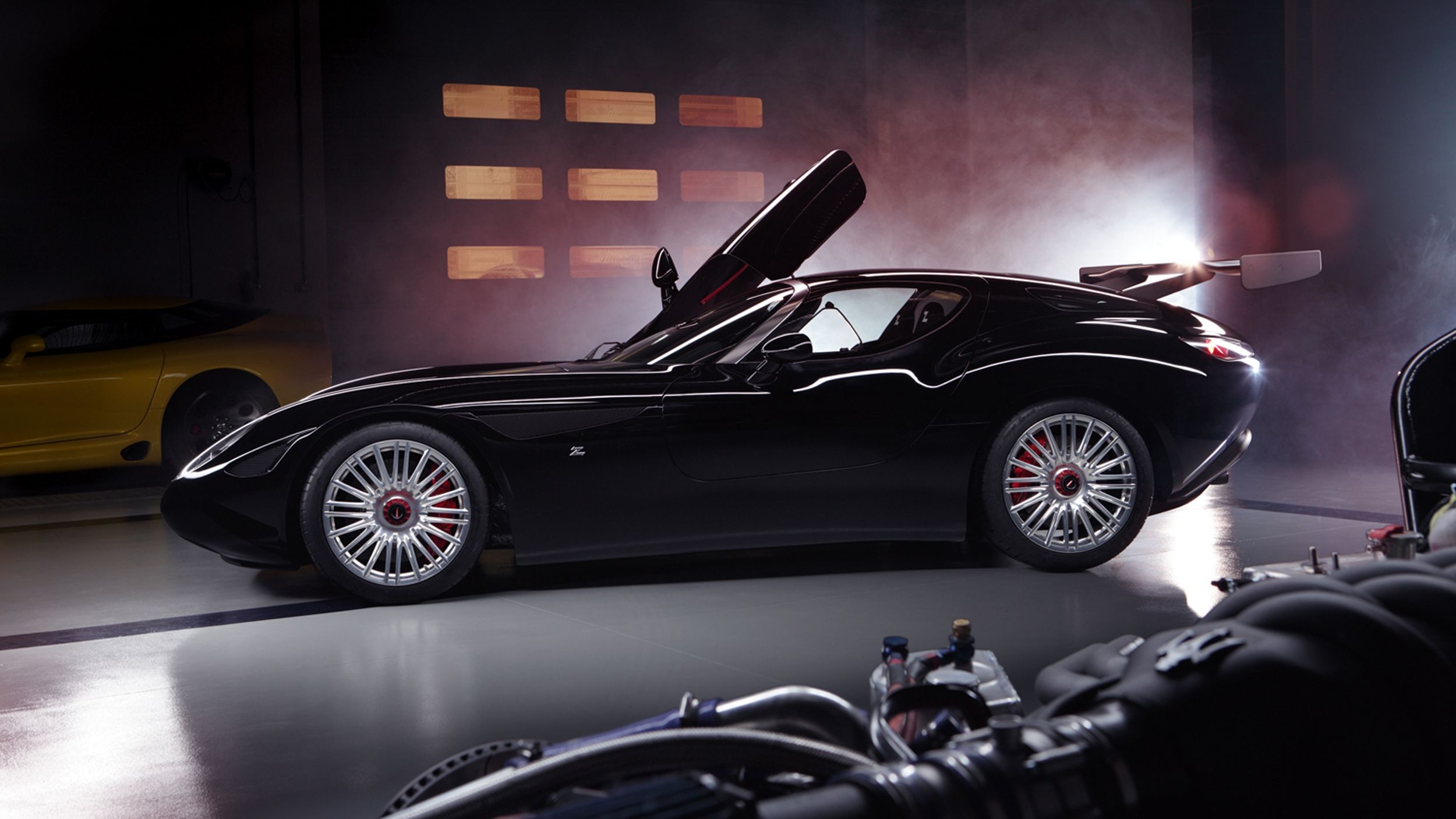We recently talked about the upcoming Zagato IsoRivolta GTZ, and how it is one of the latest testimonies to the revival of what was thought to be a lost art – coach-building. It seems, now more than ever, small manufacturers and design studios are utilizing this art to create some jaw-dropping automotive art. Moreover, just like the GTZ we mentioned before, we see modern interpretations of legendary machines of times old. Without further ado, here are some of the greatest coach-built vehicles so far.
Devon GTX
We are starting off with something relatively recent. The American car manufacturer Devon Motorworks was founded in 2008 and its goal was to produce American high-performance cars, combining classic and contemporary design elements. The styling was executed by Swedish designer Daniel Paulin. The car itself was completely based on the fourth-generation Dodge Viper and even used the same 8.4-liter V-10. Power was bumped up to 650 horsepower, allowing the car to reach speeds of over 200 mph (322 km/h). Sadly, only two of these were ever built, due to stricter emissions regulations. One of the cars sold for $220,000 in 2012.
Read our full review on the Devon GTX
Maserati A8 GCS Berlinetta Touring
The Carrozzeria Touring-designed Maserati A8 GCS was introduced at the 2008 Villa d’Este Concourse d’Elegance and is a love letter to the Pininfarina-designed 1954 A6 GCS. The car is based on the Maserati Gran Turismo Coupe and uses the same 4.2-liter naturally-aspirated V-8. This means 400 horsepower (298.3 kW) at 7,000 RPM and 333 pound-feet (452 Nm) at 4,500 RPM. However, the coach-built A8 GCS is significantly lighter than the donor car, tipping the scales at just 2,536 pounds (1,150 kg) dry weight.
Read our full review on the Maserati A8 GCS Berlinetta Touring
Ferrari SP12 EPC
The Prancing Horse has something special in store for those who are willing to pay. This 458 Italia-based masterpiece was commissioned by the Ferrari Special Projects division for Eric Clapton, who wanted to have a modern-car, resembling the 512 BB (Berlinetta Boxer) from 1976. The design was a collaboration between the Centro Stille Ferrari and Pininfarina. The one-off special vehicle took two years to complete (2010-2012).
Power came from the 458’s naturally-aspirated 4.5-liter V-8, producing 562 horsepower at 9,000 RPM and 398 pound-feet (540 Nm) at 6,000 RPM.
Read our full review on the Ferrari SP12 EPC
VLF Force 1
The Force 1 is another American high-performance vehicle with coach-built bodywork. The design was said to be inspired by the SR-71 high-altitude jet aircraft. Responsible for the styling was Henrik Fisker. The car was based on the fifth-generation Dodge Viper. The 8.4-liter V-10 was modified to produce 745 horsepower (556 kW) and 638 pound-feet (865 Nm). The sprint to 60 mph (97 km/h) is possible in 3.0 seconds on its way to a top speed of 218 mph (351 km/h). The VLF Force 1 features a completely bespoke body. Moreover, like in the Viper, the engine sits behind the front axle, effectively making the car a front mid-ship layout. The starting price for the Force 1 is $286,500.
Read our full review on the VLF Force 1}
Aston Martin Vanquish Zagato V-12
Aston Martin and Zagato have had their fair share of collaborations over the years. This Vanquish-based Zagato is rarer and even sleeker than the normal Vanquish. The Vanquish Zagato V-12 is reminiscing of a much older Aston Martin, touched by Zagato – the DB4. Unlike the classic car, the Zagato-styled Vanquish is made in four body styles – coupe, volante, shooting brake, and speedster.
Read our full review on the Aston Martin Vanquish Zagato V-12
Alfa Romeo TZ3 Stradale Zagato
Back in 2010, Zagato reimagined one of the greatest Alfa Romeo models ever made – the TZ3. Two versions were introduced – the TZ3 Corsa (Track) and TZ3 Stradale (Street). The two versions were powered by different engines. The reimagined TZ was based on a fourth-generation Dodge Viper. The Corsa had a 4.2-liter Maserati V-8 with 420 horsepower. It was paired to a six-speed automated manual. This combination allowed the 1,874-pound (850 kg) track version to reach 60 mph in around 3.4 seconds and top out at 186 mph (300 km/h). The Stradale used the donor car’s 8.4-liter V-10 with 610 horsepower and 560 pound-feet (760 Nm). The gearbox of choice was the six-speed manual Tremec TR 6060.
Read our full review on the Alfa Romeo TZ3 Stradale Zagato
Maserati Zagato Mostro
Zagato likes making spiritual successors to legendary cars and the 2015 Mostro is another perfect example. The Zagato body was wrapped around a chassis made by the Belgium manufacturer Automobiles Gillet. The chassis is shared with the Vertigo 5 Spirit. The engine is a 4.2-liter Maserati V-8, producing 420 horsepower. The gearbox is a six-speed automated manual.
Read our full review on the Maserati Zagato Mostro
Alfa Romeo Disco Volante
In 2013, the Turin-based design atelier Carrozzeria Touring brought back another iconic Italian car.
The new car is based on the Alfa Romeo 8C and is almost identical to the original from more than 60 years ago. Just like the donor car, it uses a 4.7-liter V-8 with 444 horsepower and 354 pound-feet (480 Nm). This allowed for a sprint to 60 mph in just 4.2 seconds and a top speed of 181 mph (291 km/h). In 2016, the Spyder version was introduced too, of which only seven will be built. The only downside is that they have to chop up a perfectly good 8C in order to make one of these.
Read our full review on the Alfa Romeo Disco Volante




